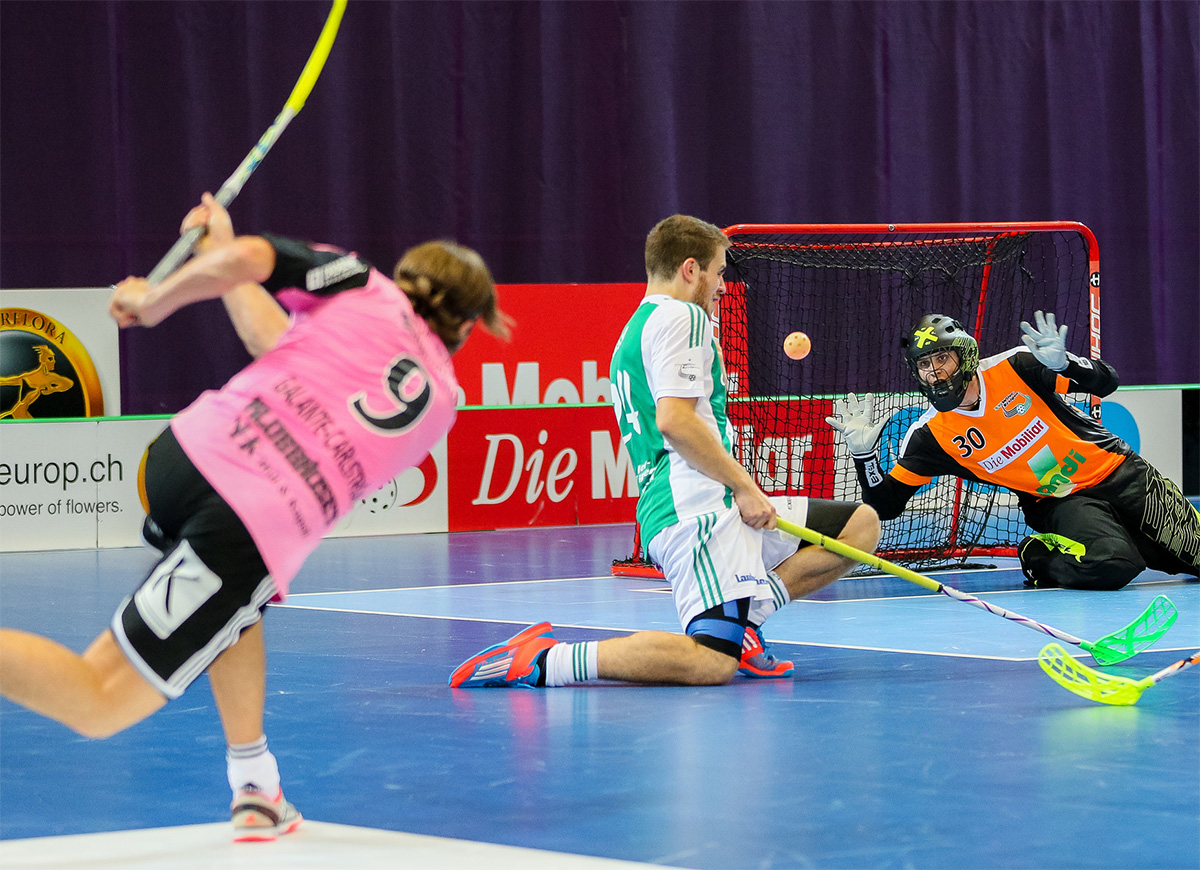To spin a nice distance shot into the goal every floorball player needs the Magnus effect. A natural force few know about and even fewer understand. Let us explain.
In one of Unihoc’s latest MyMove videos Mika Kohonen bends a shot around a goal and hits a water bottle. No matter if you think this video is true or fake, it illustrates pretty well what this article is about. The Magnus effect.
It appears every time you give your shot a twist so the ball doesn’t fly straight but follows a curve. You can witness this force in other disciplines, too – just watch a baseball pitch or a technical free kick in football. But how does this Magnus effect (named after the German physicist Gustav Magnus in 1852) actually work?
___STEADY_PAYWALL___
According to humankinetics.com the rotating ball spins a boundary layer of air that clings to its surface while flying. „On one side of the ball the boundary layer of air collides with air passing by. The collision causes the air to decelerate, creating a high-pressure area.
On the opposing side, the boundary layer is moving in the same direction the air passes by. So there is no collision and the air collectively moves faster. This sets up a low-pressure area. The pressure differential, high on one side and low on the other, creates a lift force that causes the ball to move in the direction of the pressure differential.“ This force we call the Magnus effect.

To sum it up, where the spinning ball drags air around it, it forms areas of low and high pressure, causing it to swerve away. Actually there is an interesting video showing the Magnus effect by dropping a basketball from a dam. Try it out at your next training (not the ball dropping from a dam).
Foto: IFF

